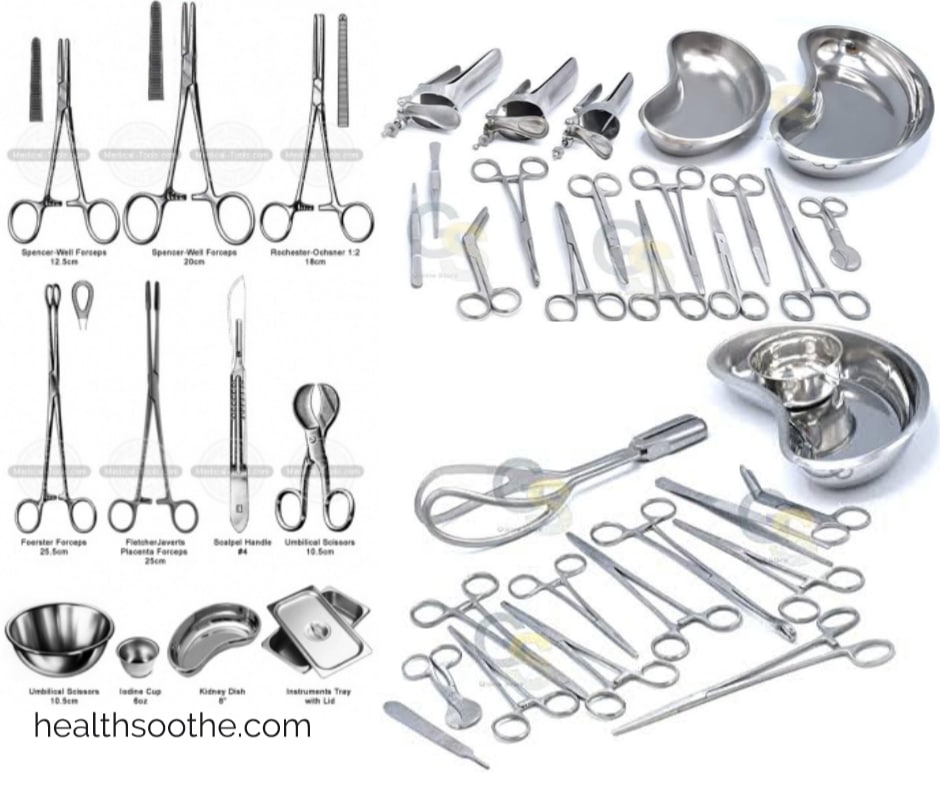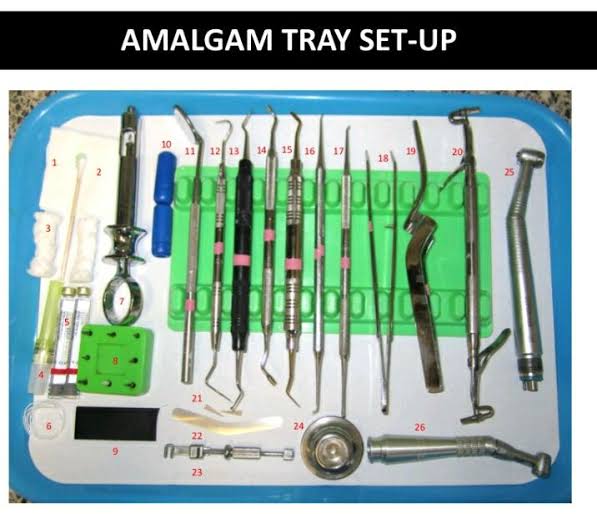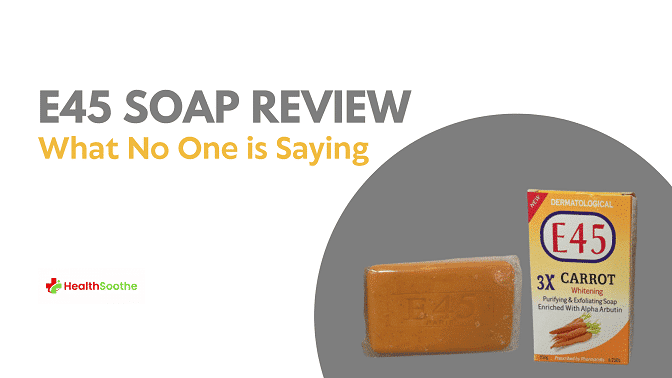While your tooth enamel is hard, that doesn’t mean that your teeth aren’t prone to damage. Your teeth can still get damaged, depending on how you use them and how well you take care of them. Significant damage can lead to chipped, cracked, or discolored teeth. So, before it gets out of hand, you’ll need to take immediate action.
Dental veneers [mfn]https://www.gotoapro.org/dental-veneers-faq/[/mfn] and crowns are effective solutions that will help improve the appearance of your teeth. However, these traditional options are expensive. A better alternative would be dental bonding.
Dental bonding [mfn]https://en.m.wikipedia.org/wiki/Dental_bonding[/mfn] helps repair chipped teeth, preventing additional damage. If you’re considering this procedure, you can check out high-quality dental services, such as cosmetic dentistry in Columbia MO. Read on to learn more about dental bonding.
What Is Dental Bonding?
Dental bonding, also known as tooth bonding, is a cosmetic dental procedure that helps repair cracked, chipped, or broken teeth. It can also help lengthen a tooth that’s shorter than others and helps with discolored teeth. Aside from repairing and lengthening teeth, it can narrow spaces and gaps between them. It can even alter the shape of your teeth.
It seems similar to veneers, which are custom-made ceramic shells that stick to the front surfaces of your teeth, but they’re actually different. When veneers are added, a dentist needs to get rid of some enamel from your natural teeth. Veneers aren’t reversible the moment they’re placed, so they’ll have to be replaced every 10 to 20 years.
In contrast, dental bonding usually doesn’t call for an enamel removal, so it’s reversible. Thus, you’ll probably need touchups every 3 to 10 years.
Ideally, it uses composite resin, a durable and flexible material that dentists use to address different dental issues. The nature of the material allows it to form different shapes to match your tooth’s shape. The result is a perfect bond that matches the rest of the tooth. It looks so natural that people won’t notice that your tooth was bonded.
The best part is that resin comes in various shades, making it less challenging for dentists to find the right shade to match a specific tooth.
When Is Dental Bonding The Best Option?
You may want to undergo dental bonding if you need a non-invasive cosmetic dental procedure for minor tooth damage and imperfections. For instance, tooth bonding will come in handy if your tooth has minor injuries and hasn’t decayed much.
If you’re looking for a major cosmetic dental procedure, if you’ve lost a tooth, or the tooth has suffered significant damage, a dental implant would be a better alternative than bonding. Unlike bonding, dental implants will replace your tooth entirely to create a perfect smile.
On the other hand, dental bonding would be the best option if you don’t want to change the color of your teeth. If you want to whiten your teeth, you should do it before undergoing a dental bonding procedure. Your dentist will consider the appearance of your teeth when choosing the color of your bond.
The resin takes the shape and color of the surrounding teeth and perfectly blends with the rest of the enamel. It sticks and bonds to the other teeth, giving you a more natural smile.
Furthermore, dental bonding is applied in restorative dentistry:
- Replacing old silver dental fillings with a more cosmetic option
- Protecting teeth roots that have been exposed because of gum recession
- Filling cavities
What Does Dental Bonding Involve?
You won’t need to be admitted when undergoing a dental bonding procedure. This treatment is an outpatient process that should last for one visit, even if you have more than one tooth that needs fixing.
To better understand what tooth bonding procedure involves, here’s what happens before, during, and after the dental procedure:

Before A Dental Bonding Procedure
Like any other medical procedure, the first step will be to discuss your cosmetic goals with your dentist. Among other things, this step involves choosing the ideal composite resin color that matches the shade of your other teeth.
The dentist will examine your teeth and take X-rays to determine whether you qualify for the procedure. Issues, like gum disease and tooth decay, must be treated first before bonding is performed.
What Does The Bonding Process Involve?
After your dentist has confirmed that you’re eligible for a tooth bonding procedure, they will proceed with the bonding. The following are steps taken during tooth bonding:
- Tooth preparation: The surface of the tooth needs to be prepped before resin application. Once the tooth is roughened, a conditioning liquid is applied to make it easier for the resin material to stick to your tooth.
- Application of the composite resin material: After the tooth is prepped, the bonding material is applied and molded into shape. The resin material is then smoothed into the required shape.
- Curing process: When the material is smoothed, it’s hardened with UV light to bond it to the tooth surface.
- Polishing: Lastly, your dentist polishes your tooth to give it a natural-looking shine.
As you can see, the process isn’t as complicated as it seems, and it will take between 30 and 60 minutes to complete. What’s more, the process isn’t painful because it doesn’t involve touching the pain-sensing nerve. And it won’t require anesthesia. You can, however, use over-the-counter pain relievers if you experience sensitivity during the dental bonding procedure.
What Do You Do After Tooth Bonding?
Another advantage of bonding is that you don’t necessarily need to follow a specific regimen after the procedure. Of course, you may feel a little strange after the process because of how resin was added and how the mouth is sensitive to changes. However, the discomfort you feel will only last a few days.
Proper oral hygiene is necessary after the procedure to ensure your mouth remains healthy. Use a soft toothbrush to brush your teeth at least twice a day and floss between your teeth regularly. It’s also advisable to make frequent visits to your dentist for check-ups and cleaning.
What Are The Benefits Of Dental Bonding?
Dental bonding offers many benefits compared with other cosmetic treatments:
- Pain-free experience: As mentioned earlier, the tooth bonding procedure is painless and doesn’t require anesthesia. Of course, this depends on the severity of the damage, the dentist involved, and the treatment offered. Nevertheless, the process is usually painless and convenient.
- Safety: Since tooth bonding is less invasive, it’s a safer alternative than other cosmetic procedures. The chances that it could be harmful to you are zero to none. When done right by a qualified dentist, it will protect your chipped tooth from bacterial infection.
- Versatility: Tooth bonding can help with various dental issues, including cracks, chips, gaps, discoloration, and so on.
- No enamel removal: Unlike dental crowns and veneers, tooth bonding doesn’t involve significant tooth alteration or enamel removal. This means that the procedure presents fewer risks to your mouth.
- Natural-looking teeth: The composite resin material used in bonding appears like natural teeth. It helps fill the missing enamel or parts of the tooth that broke off to give a beautiful, natural look.
- Aesthetic value: Besides giving your teeth a natural look, composite resin can beautify your smile by fixing any imperfections on your teeth.
- Improved oral health: A broken tooth is more likely to result in nerve pain and infection. Dental bonding is an excellent way to prevent severe damage and improve oral health.
- Bonding hardened by UV rays: Once applied by the dentist, the composite resin is hardened with UV rays to provide better protection for your tooth.
- Fast and convenient process: You’ll need to book multiple appointments with your dentist if you opt for other cosmetic procedures, like crowns and veneers. However, you only need one appointment when undergoing a dental bonding procedure, and the process can be completed within one hour.
- Cost-effective procedure: Tooth bonding is much more affordable than other cosmetic procedures.
Are There Any Risks?
Luckily, tooth bonding doesn’t come with any major risks. However, the material used in this process may not be as strong as your natural tooth. It could chip or detach from your tooth, although this is more often the case in crown or veneers than with dental bonding.
Your bonded tooth can chip if you bite your fingernails, eat ice, or nibble at candy. Additionally, the composite resin is less stain-resistant than other materials and may discolor, especially if you smoke frequently.
How Long Does Bonded Tooth Last?
Other cosmetic treatments, like veneers, outdo bonding in terms of how long they can last. Typically, bonding can last between 3 and 10 years, as previously stated. However, this depends on various factors, including how well you take care of your mouth after the procedure.
And as noted above, you’ll have to whiten your teeth before undergoing a dental bonding procedure since the bonding material isn’t stain-resistant and doesn’t respond to whitening treatments. Of course, whitening gels won’t damage your bonding but will lead to changes in appearance between your real and bonded teeth.
The best approach to keep your bonding in great shape is to follow a strict dental hygiene routine. This includes cleaning your teeth at least twice daily and avoiding things that can break your bonded tooth, such as hard candies.
Get That Perfect Smile
You get to flash a radiant smile and feel more confident when you have healthy teeth. But if you’ve got a chipped or cracked tooth, you can try dental bonding. This procedure isn’t just painless and convenient but also accessible and quick.







